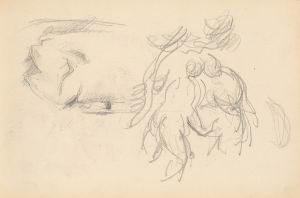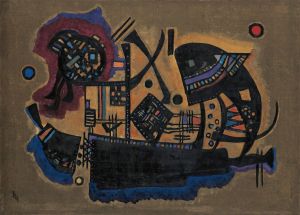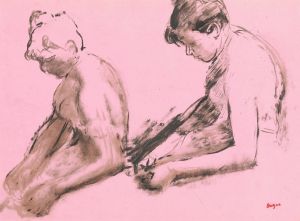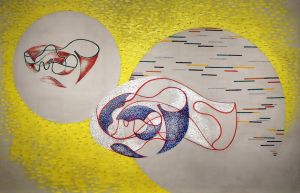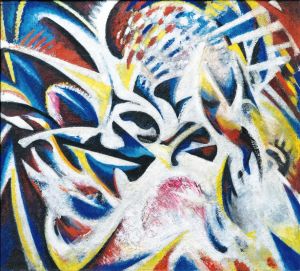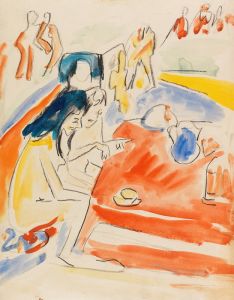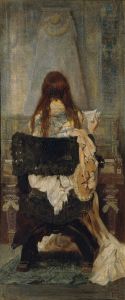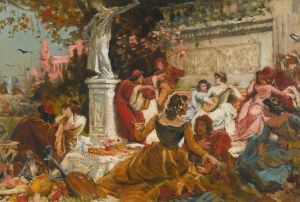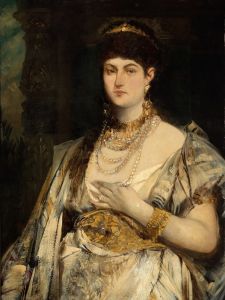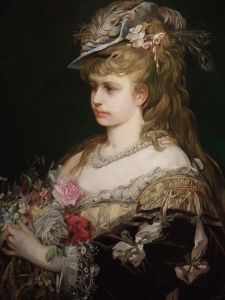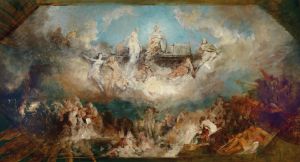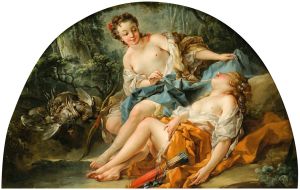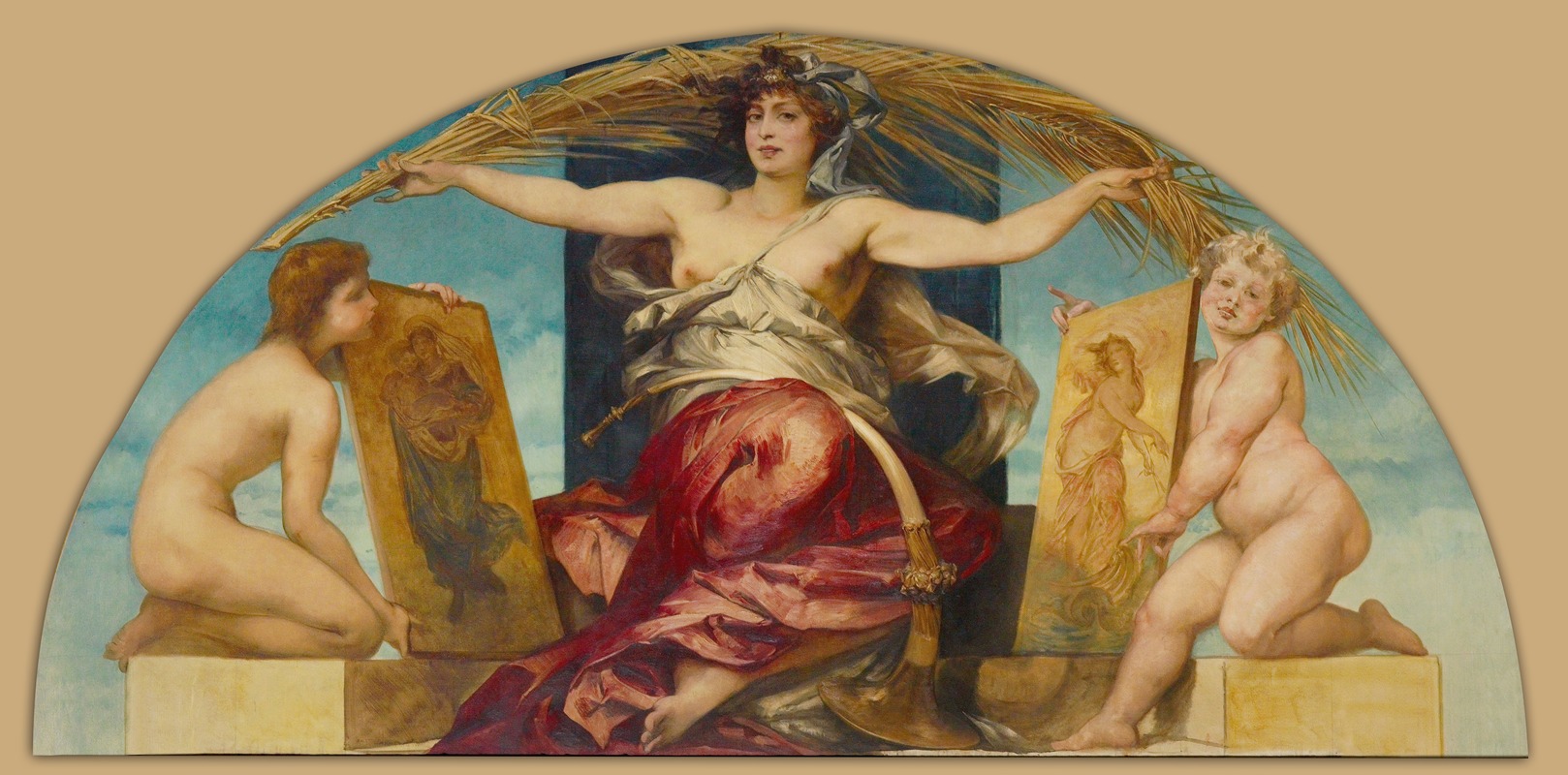
Allegory of Religious and Profane Painting
A hand-painted replica of Hans Makart’s masterpiece Allegory of Religious and Profane Painting, meticulously crafted by professional artists to capture the true essence of the original. Each piece is created with museum-quality canvas and rare mineral pigments, carefully painted by experienced artists with delicate brushstrokes and rich, layered colors to perfectly recreate the texture of the original artwork. Unlike machine-printed reproductions, this hand-painted version brings the painting to life, infused with the artist’s emotions and skill in every stroke. Whether for personal collection or home decoration, it instantly elevates the artistic atmosphere of any space.
Hans Makart was a prominent 19th-century Austrian painter known for his historical and allegorical works, characterized by their grand scale and opulent style. However, there is no widely recognized painting titled "Allegory of Religious and Profane Painting" attributed to Hans Makart. It is possible that there might be confusion with another work or a misinterpretation of a title, as Makart's oeuvre includes many allegorical and historical themes, but no specific painting by this name is documented in major art historical sources or collections.
Makart's work often explored themes of history, mythology, and allegory, and he was known for his ability to blend these elements into visually stunning compositions. His paintings typically featured rich colors, dynamic compositions, and a dramatic use of light and shadow, which made him a celebrated figure in the Viennese art scene during his lifetime. Makart's influence extended beyond painting; he was also involved in interior design and stage design, contributing to the Gesamtkunstwerk (total work of art) approach that characterized the period.
One of Makart's most famous works is "The Five Senses," a series of paintings that allegorically represent the human senses through elaborate and sensuous imagery. This series exemplifies his style, with its lush textures and vibrant palette. Another significant work is "The Entry of Charles V into Antwerp," which showcases his talent for historical narrative and grand compositions.
Makart's impact on the art world was significant during his lifetime, and he was often compared to the Old Masters for his technical skill and ambitious projects. His studio in Vienna became a cultural hub, attracting artists, intellectuals, and patrons. Despite his fame, Makart's reputation declined after his death, as tastes shifted towards more modernist approaches. However, his work has experienced a resurgence of interest in recent years, appreciated for its technical mastery and its role in the cultural history of 19th-century Vienna.
In summary, while Hans Makart was a prolific artist known for his allegorical and historical paintings, there is no specific record of a painting titled "Allegory of Religious and Profane Painting" by him. His legacy, however, remains significant in the context of 19th-century European art, celebrated for its grandeur and the artist's ability to capture the imagination of his contemporaries.





